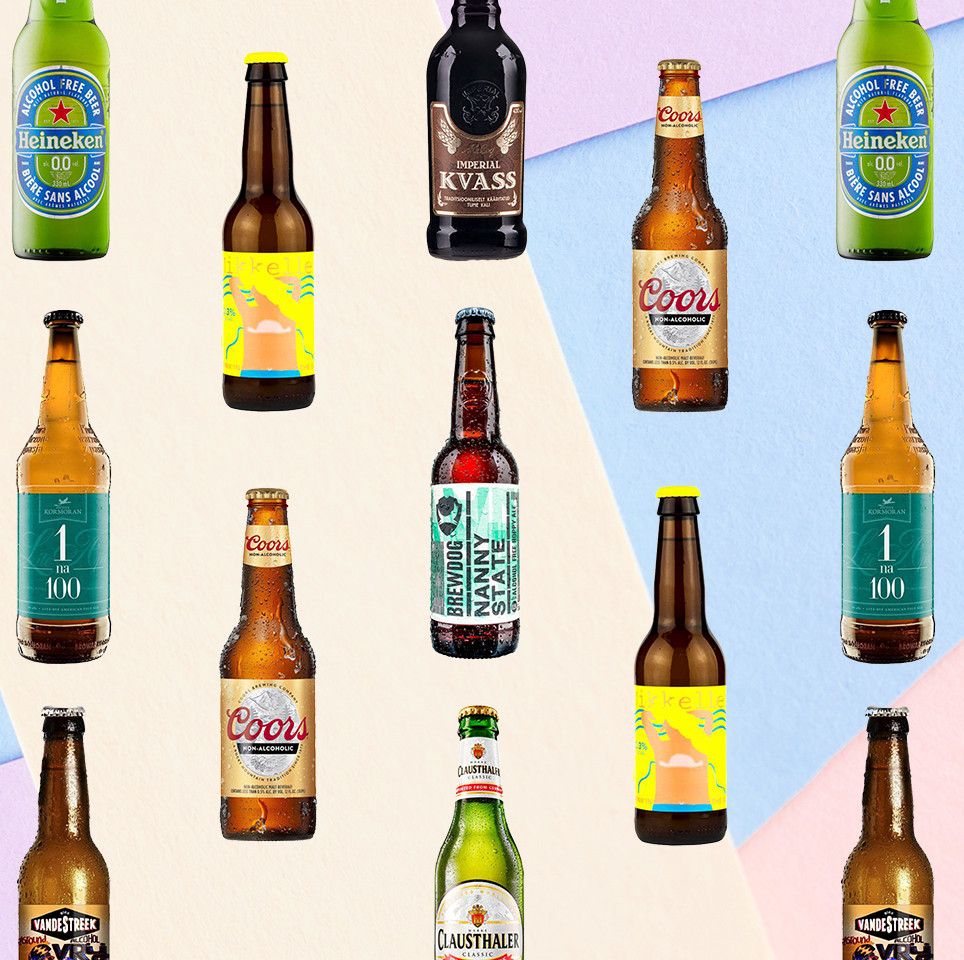Seawall Bar: The Most Effective Drinks with a Sea Sight in Galveston
Seawall Bar: The Most Effective Drinks with a Sea Sight in Galveston
Blog Article
The Ultimate Distillery Experience: From Grain to Glass, Everything You Required to Know
Starting a trip with the details of the distillery procedure unveils a globe where science fulfills artistry in the production of spirits. From the careful choice of grains to the thorough crafting of each bottle, every action in the assembly line plays a vital role fit the end product that graces our glasses. As we dig right into the nuances of aging, distillation, and taste profiles, a deeper admiration for the craftsmanship and devotion behind each sip emerges. Join us as we unwind the layers of experience and enthusiasm that finish in the ultimate distillery experience.
The Art of Grain Selection
Selecting the optimal grains is a critical action in the purification procedure, establishing the flavor account and high quality of the end product. The kind of grain picked significantly influences the personality of the spirit being created - Distillery in Galveston. Usual grains made use of in purification consist of barley, rye, wheat, and corn, each conveying unique tastes and features to the last item

Beyond taste factors to consider, the top quality and pureness of the grains are critical. Distillers thoroughly source grains to ensure they are devoid of pollutants and have the essential starch web content for fermentation. By mastering the art of grain selection, distillers lay the foundation for producing remarkable spirits that mesmerize the taste.
Purification Refine Demystified
Having actually developed the structure with thorough grain option, the purification procedure becomes the transformative phase where the significance of the picked grains is opened and improved right into a perky kind. Purification is a systematic process that relies on the principle of separating alcohol from a mixture based upon distinctions in steaming factors. As soon as the fermented mash is warmed in the still, the alcohol vaporizes at a reduced temperature level than water and other substances, enabling its removal. As the alcohol vapors rise and pass via the still, they condense back right into fluid kind, leading to a higher proof extract. This extract, also known as the 'heart cut,' is the purest and finest section of the distillation run. However, the procedure does not end there; numerous purification runs or extra steps such as maturing in barrels may further refine the spirit, enhancing its character, taste, and complexity. Understanding the details of the distillation process is essential for generating premium spirits that captivate lovers and aficionados alike.
Barrel Aging and Flavor Advancement
Throughout the barrel aging procedure, spirits undergo a transformative journey as they communicate with the wood, taking in nuanced flavors and establishing an abundant intricacy. The kind of timber made use of, typically oak, considerably influences the final taste of the spirit. Oak barrels are favored for their distinct properties that enhance the flavor account. As spirits age in the barrels, they draw out compounds such as vanillin, lignin, and tannins from the wood, contributing to the development of aromas like vanilla, caramel, seasoning, and also tips of toasted oak.
The porous nature of timber also makes it possible for the spirit to breathe, promoting the combination of flavors over time. Depending on the period of aging and environmental problems like temperature level and humidity, spirits can obtain various features, from subtle timber notes to deep, complicated tastes that make each batch one-of-a-kind.
Workmanship in Bottling and Classifying
As spirits reach their ideal taste profiles via barrel aging, the precise workmanship in identifying and bottling comes to be the next important step in providing a premium item to customers. The process of classifying and bottling is an important facet of the overall distillery experience, as it is the final touchpoint prior to the item reaches the hands of customers (Breweries in Galveston Texas). Workmanship in bottling entails guaranteeing that each container is filled up exactly with the spirit, considering factors such as consistency in fill levels and the prevention of any type of pollutants going into the bottle

Tasting and Valuing Fine Spirits
To fully appreciate great spirits, one should involve all the detects in a deliberate and mindful tasting experience. When tasting penalty spirits, it is important to begin by observing the spirit's look. Keep in mind the color, quality, and viscosity of the fluid in the glass. Swirl the spirit gently to launch its fragrance. The nose is a crucial feeling in sampling spirits; take a moment to breathe in the facility aromas deeply. Next off, take a little sip and allow it remain on your palate. Focus on the different tastes that unravel - from sweet and fruity notes to spicy or great smoky undertones. Consider the mouthfeel, keeping in mind if the spirit is smooth, silky, or fiery. Swish the spirit in your mouth to fully experience its appearance and preference. Lastly, ingest gradually and value the lingering surface. Great spirits typically leave a positive aftertaste that can disclose even a lot more about the workmanship and top quality of the drink. By involving all your senses in this way, you can genuinely relish and appreciate the complexities of fine spirits.
Final Thought
To conclude, the distillery experience incorporates the complex art of grain selection, the precise purification process, the transformative barrel aging, the meticulous workmanship in bottling and identifying, and the innovative method of tasting and valuing great spirits. Each action in the manufacturing procedure plays a crucial duty in developing top quality spirits that mesmerize the detects and joy lovers worldwide.
The type of grain picked dramatically affects the character of the spirit being produced. By grasping the art of grain choice, distillers lay the structure for creating exceptional spirits that mesmerize the taste buds.

Report this page